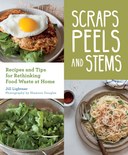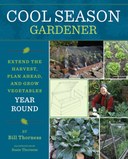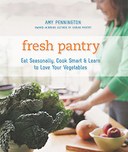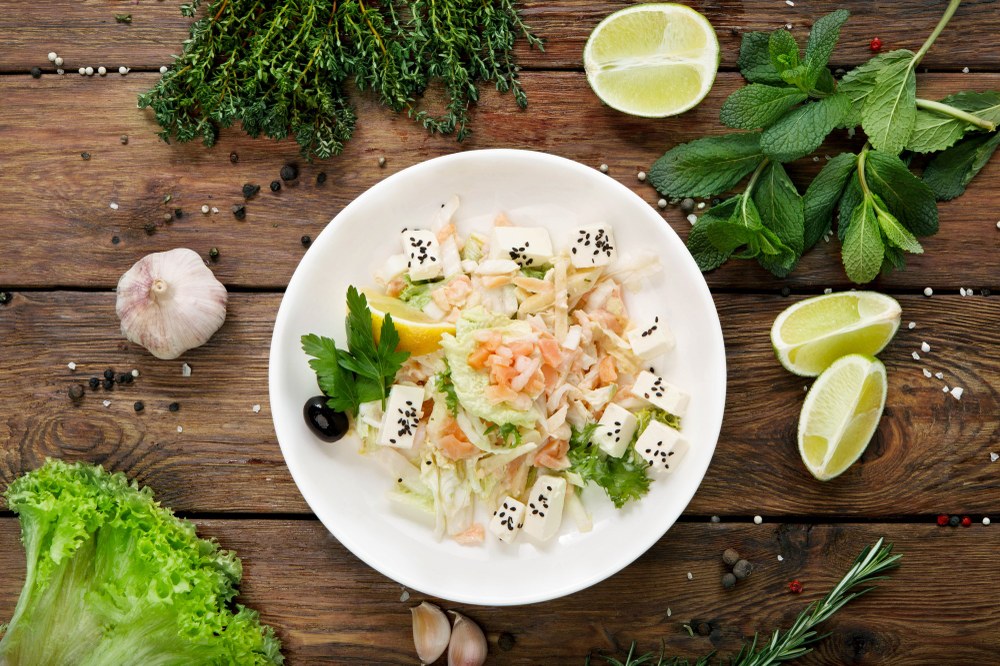
Scraps, Peels and Stems: Recipes and Tips for Rethinking Food Waste at Home, by Jill Lightner, is a new book about how to waste less food. As a nation, Americans waste "between 35 and 40 percent of our food supply," according to Jill's research. And, "Nobody likes it," she adds. But while we might not be able to change everyone else, we each can work on minimizing our own food waste. Scraps, Peels and Stems offers scores of tips and more than 70 recipes.
The following is an example of the advice Jill offers for reducing the food waste in your home.
A Note About Aspirational Eating
By Jill Lightner; photos by Shannon Douglas
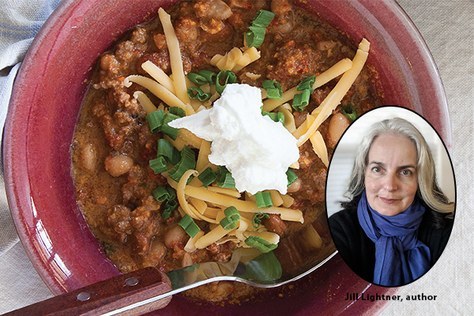 It seems disingenuous to ignore the role that diets, cleanses, and shifting nutrition fads play in creating food waste, but discussing them in every chapter would give the whole weight-loss industry ($64 billion per year in the United States alone) more attention than it deserves here. It’s worth noting that according to a Fortune magazine survey in 2016, the number of Americans officially dieting dropped to 19 percent, but the number of those trying to eat healthier climbed to 77 percent.
It seems disingenuous to ignore the role that diets, cleanses, and shifting nutrition fads play in creating food waste, but discussing them in every chapter would give the whole weight-loss industry ($64 billion per year in the United States alone) more attention than it deserves here. It’s worth noting that according to a Fortune magazine survey in 2016, the number of Americans officially dieting dropped to 19 percent, but the number of those trying to eat healthier climbed to 77 percent.
What does “healthier” generally mean? More fresh fruits and vegetables, more lean protein, including seafood, and possibly more whole grains. It may not be a coincidence that seafood, fresh produce, and grain products are three categories with the highest amount of consumer food waste. Here’s some additional food for thought: the NRDC reports that the average American wastes 1250 calories of food each day, about half the recommended intake for adults. With obesity rates being what they are, the answer clearly isn’t that we all need to gobble down those extra calories. We need to reassign them—out of the landfill or compost bin, and into the kitchens and bellies of the food insecure.
If you are trying to change your eating habits but are also concerned about food waste, here are a few tricks to keep in mind.
- Buy frozen, unseasoned vegetables rather than fresh. It’s not difficult to use frozen broccoli, carrots, peas, cherries, leafy greens like spinach and mustard greens, and berries with great success in recipes from stir-fries to soups, smoothies, and even some salads. All frozen produce retains very high nutrient values because it is frozen so soon after picking. Best of all, it is much less perishable, leading to less waste.
- Buy frozen seafood. These low-calorie proteins tend to offer healthy fats, making them a nutritional win-win. They are also extraordinarily perishable when fresh. Frozen at the source and maintained at an even temperature, frozen seafood is vastly better today than a few decades ago. It thaws quickly, usually needing just thirty minutes before cooking. Canned seafood is a reliable shelf-stable backup but can be high in sodium, so check the label.
- If you are cleaning snack food out of the pantry, take the time to donate anything that is individually wrapped. While food banks emphasize providing healthy meals to their clients, donations like single granola bars; snack packs of crackers, cookies, or fruit snacks; instant oatmeal or hot cocoa packets; sweeteners; and cereals are all welcome. The donation doesn’t have to be a full, unopened box as long as the food inside is individually wrapped. If you live in a city, you may have a neighborhood drop-in center for the homeless that could really use single-serving snacks too.
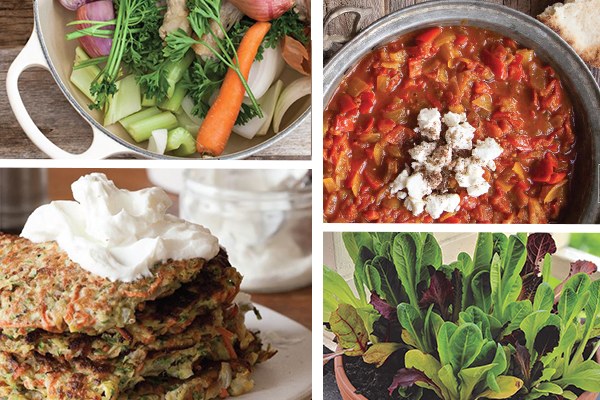
- If you are exploring new-to-you whole grains, try them first in small quantities from the bulk department of your local grocery store. Even a small (one- to two-pound) bag can contain more than a dozen servings of a whole grain that you and your family might really dislike. It’s much smarter, and much less expensive, to discover that preference via a four-ounce purchase from the bulk bins.
Add a comment
Log in to add comments.Great tips Jill. As a gardener, I would like to add another perspective.
Kitchen scraps (except meat and dairy) are great food for the worms in your home worm bin, which then produces free fertilizer for your vegetable garden. Which then produces food for you.
But one friend without a worm bin freezes a lot of her kitchen scraps (including meat scraps and bones) and, when she gets enough, she cooks it all in a big vat of water and makes "stock" that she uses for soup or in recipes. No doubt that's in your book too.
I just resonate with any idea that keeps all of our food at home and recycles it in low-tech, low-carbon-footprint ways. I look forward to reading this book.
Hey Bill! I was the project editor for Jill's book, and I'm happy to say that she *does* talk about recycling food waste as you suggest--both in compost/worm bins and saving odd bits for stock. "Scraps, Peels, and Stemsz' really highlights simple, low-tech, low-carbon-footprint behavior. It may not include the benefits of grocery-shopping-by-bike, however, and maybe it should; there's something about knowing everything has to fit into my bike's basket that prevents me from doing a lot of impulse bulk buying!
 Mountaineers Books
Mountaineers Books
